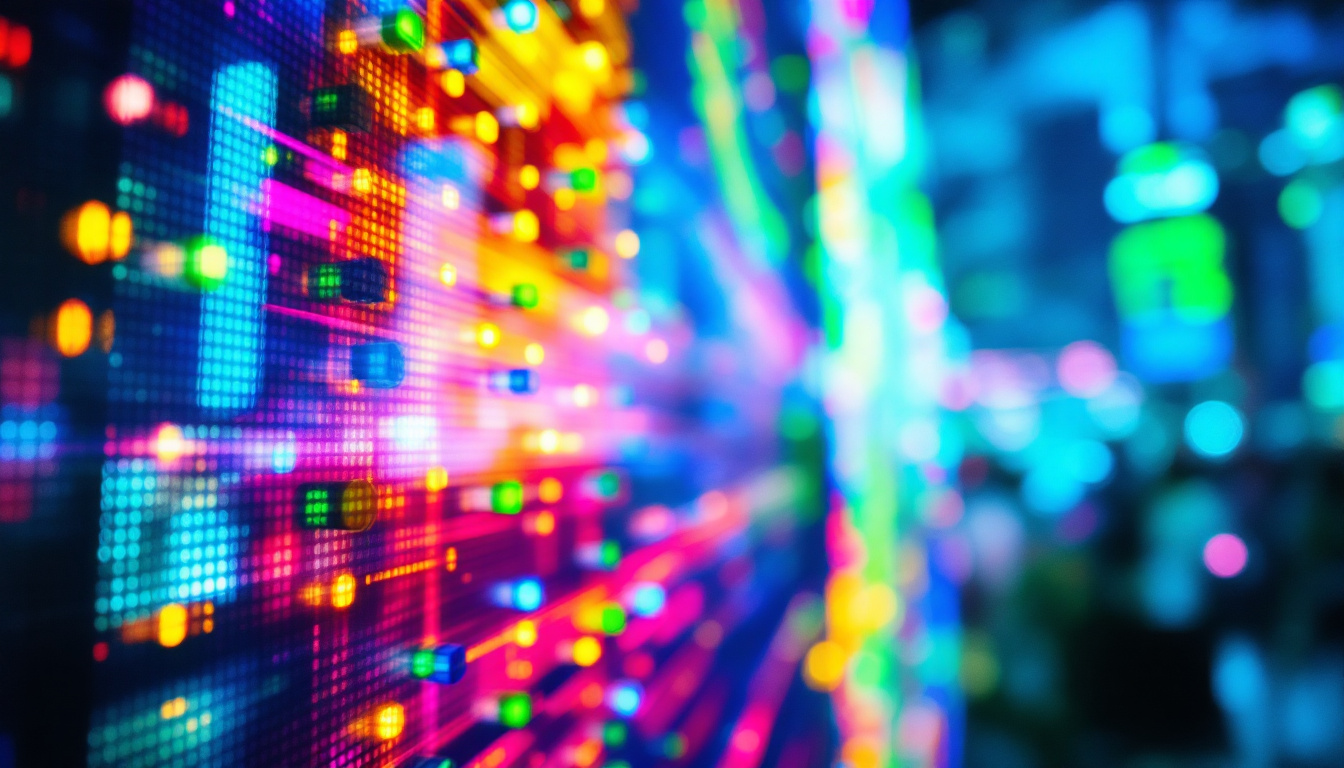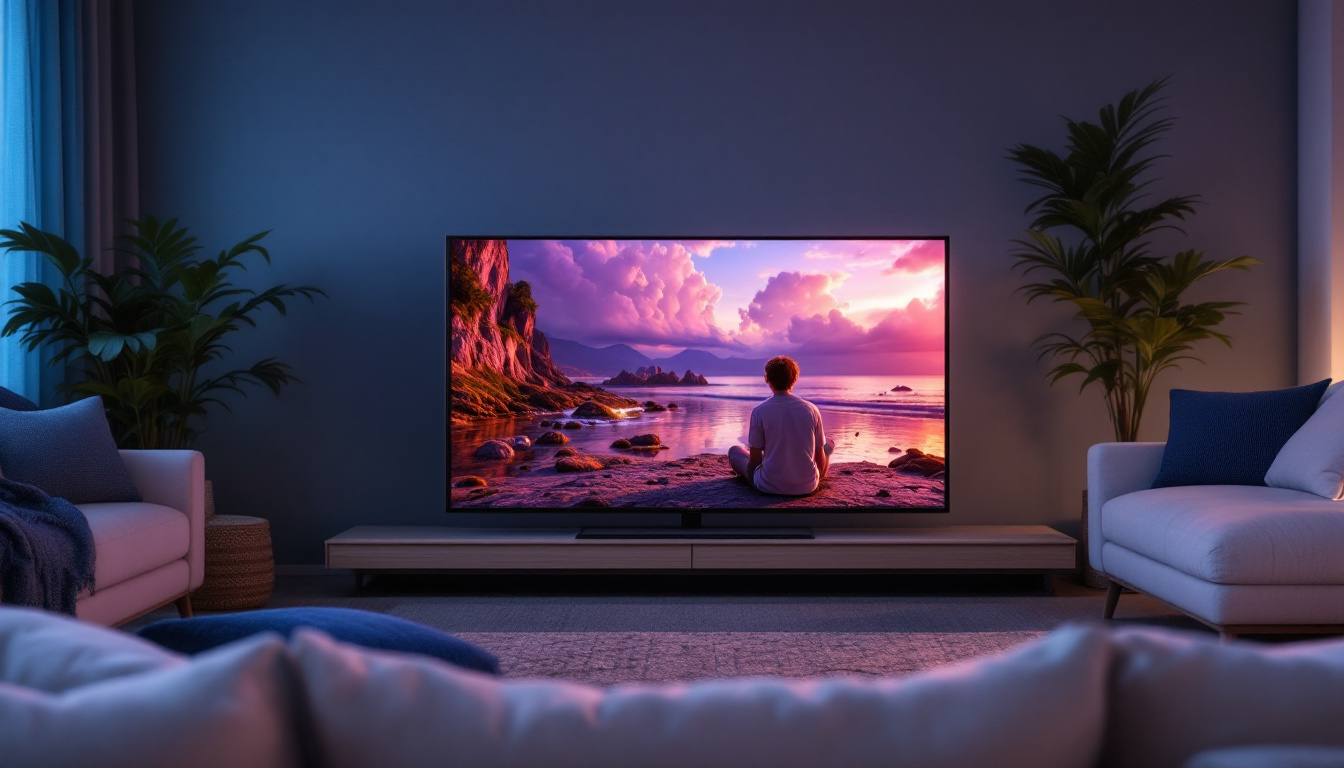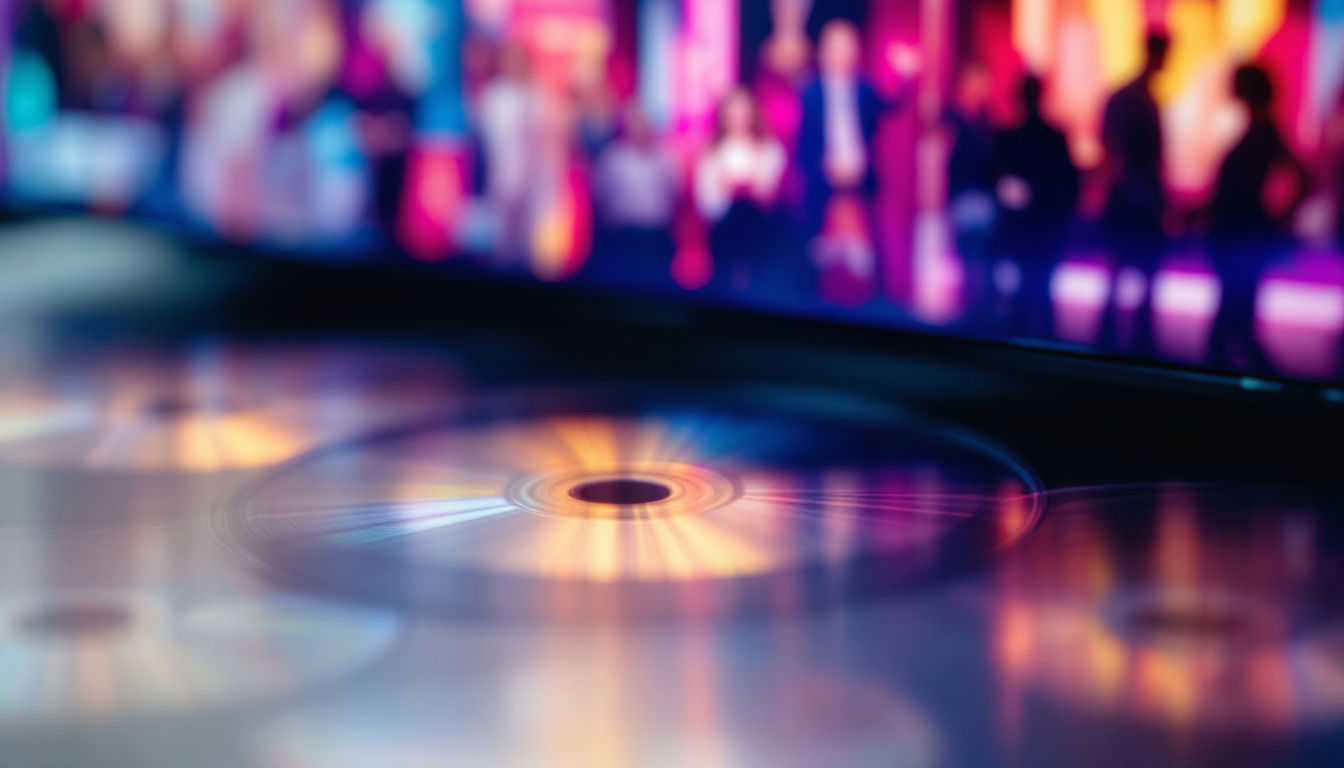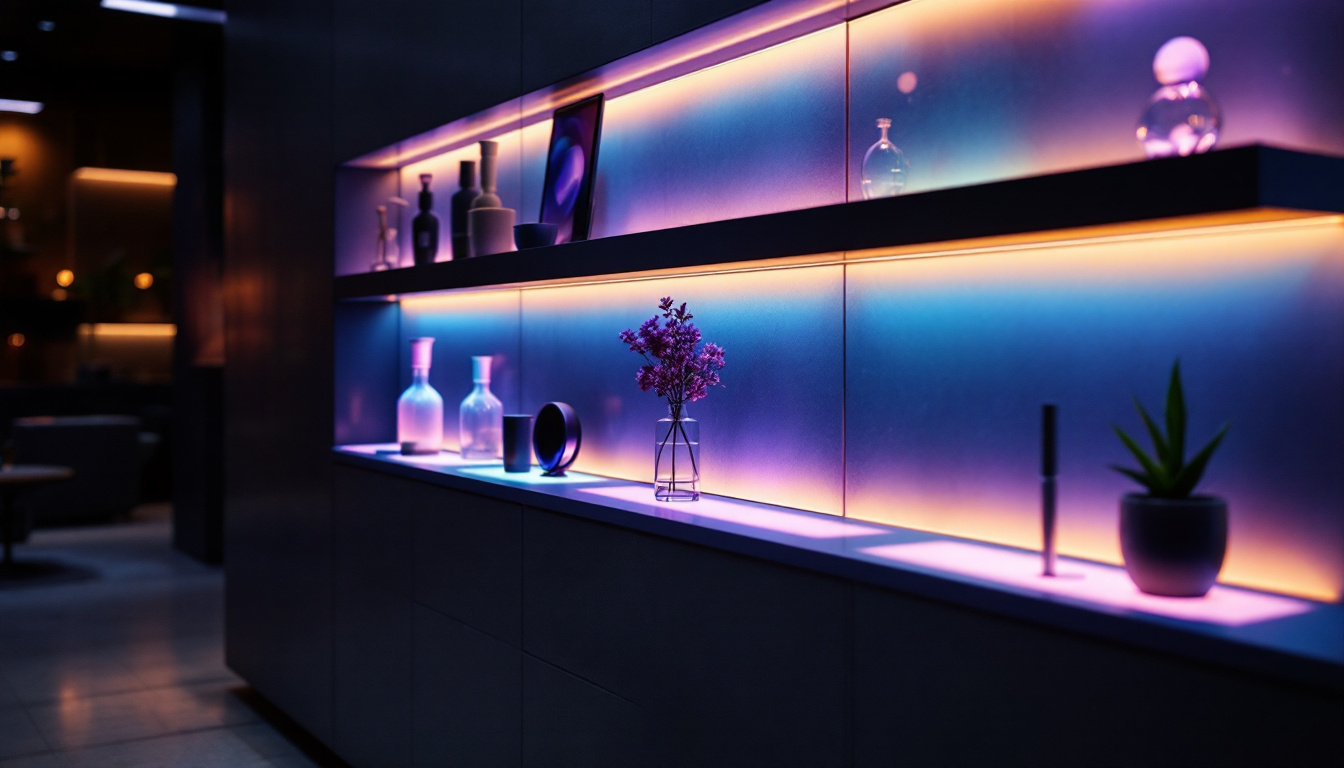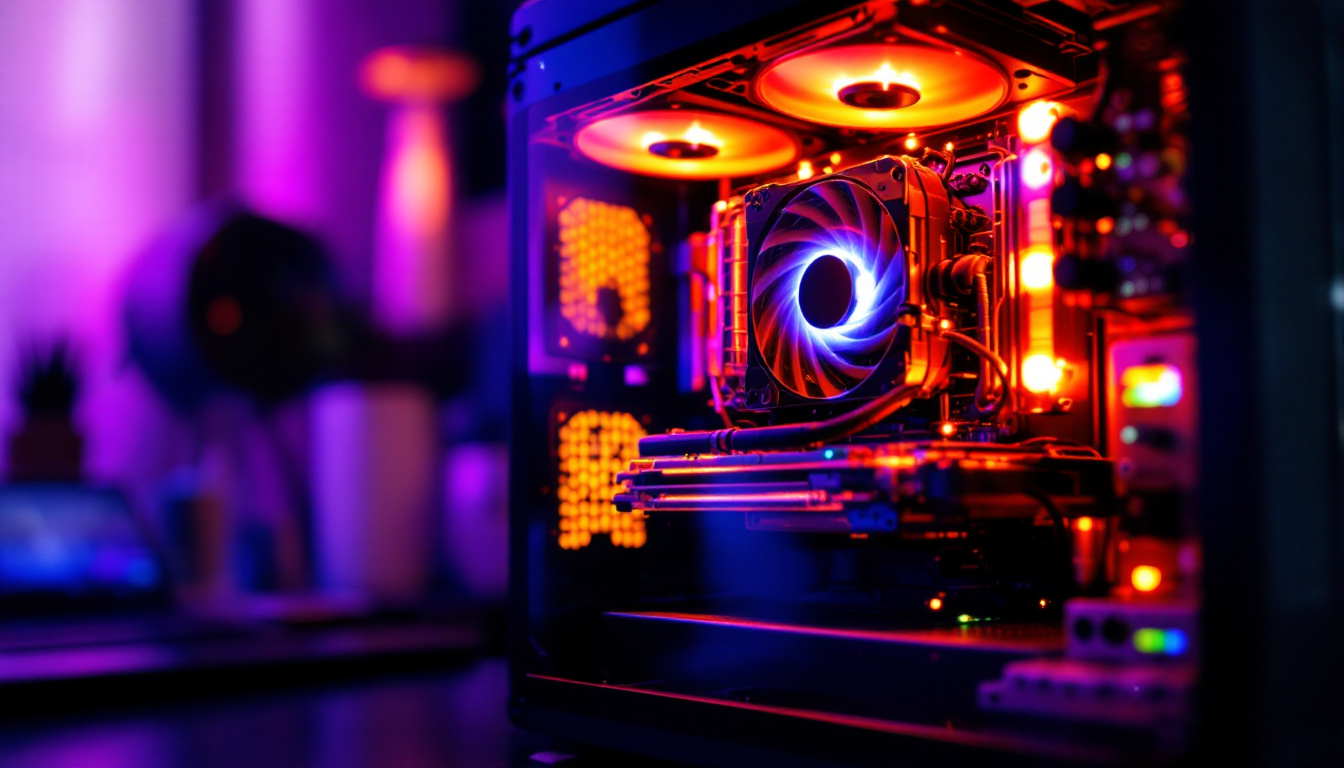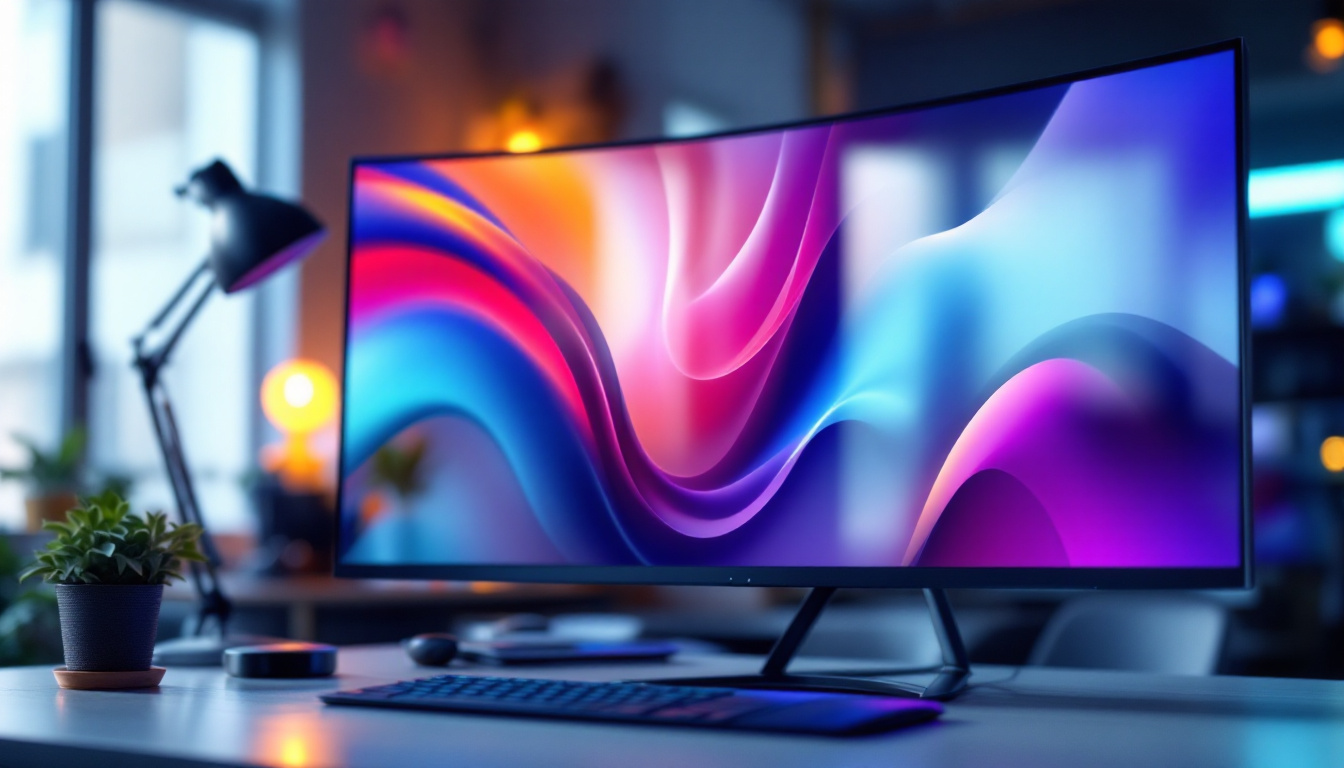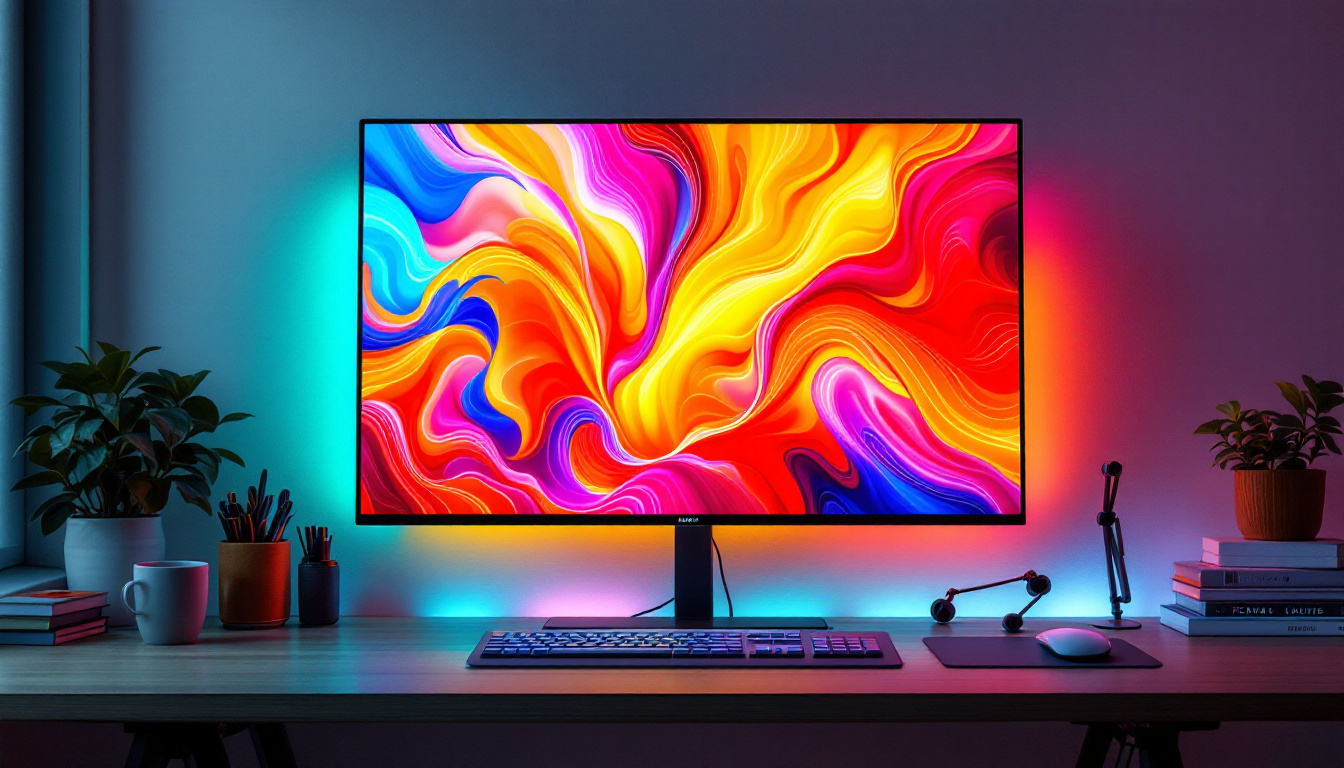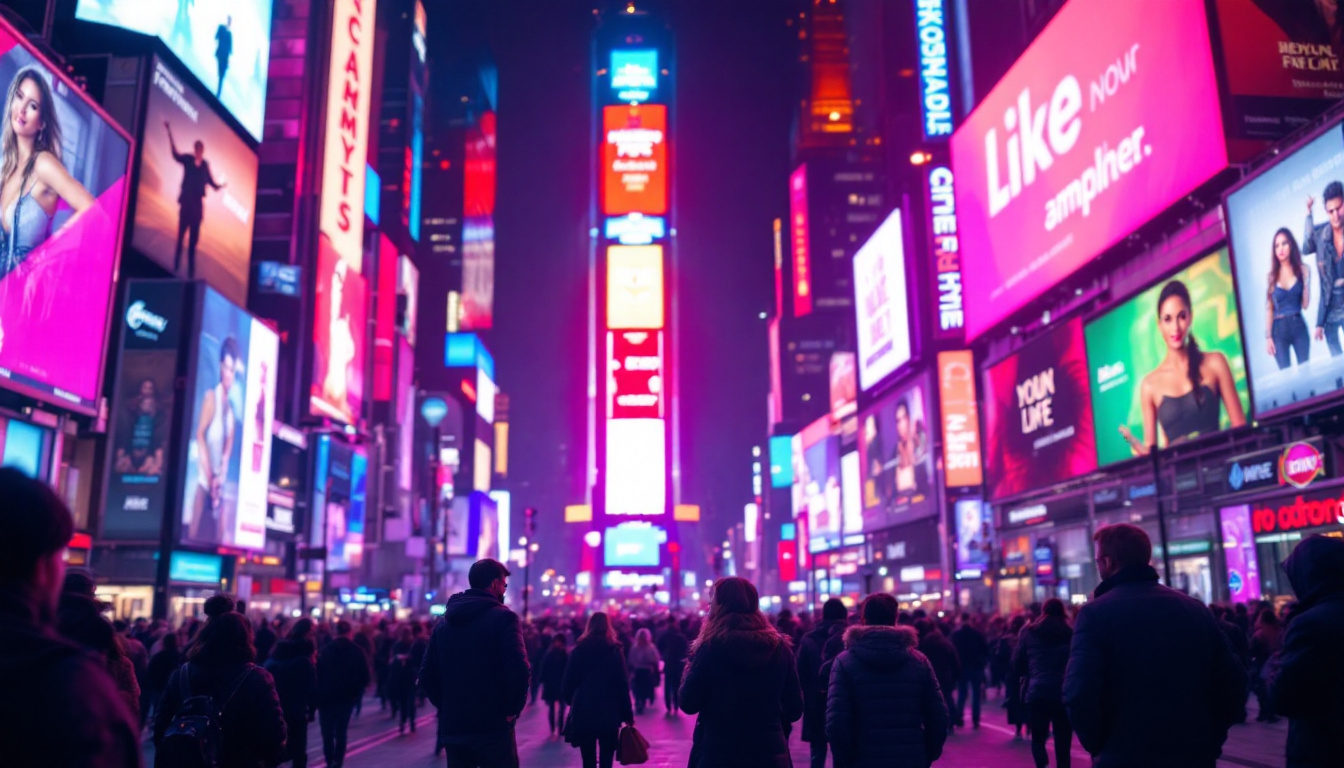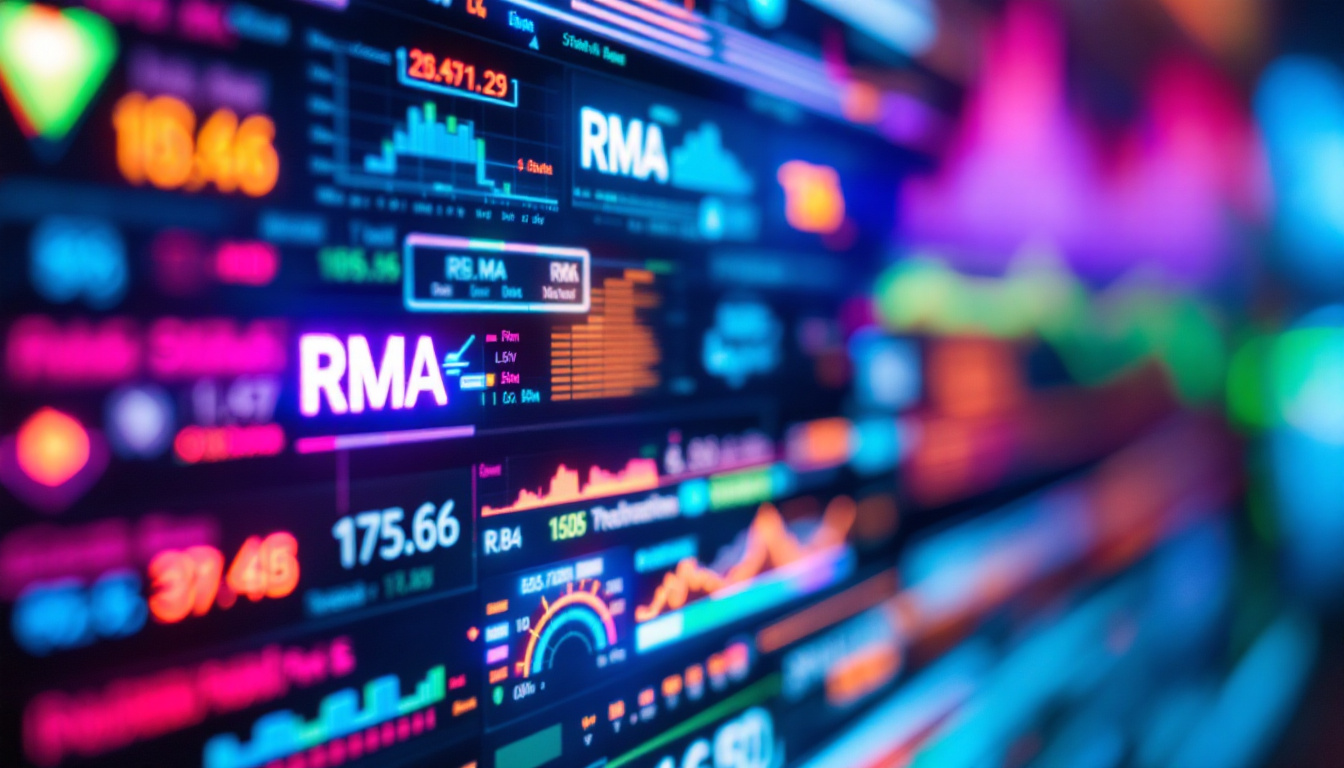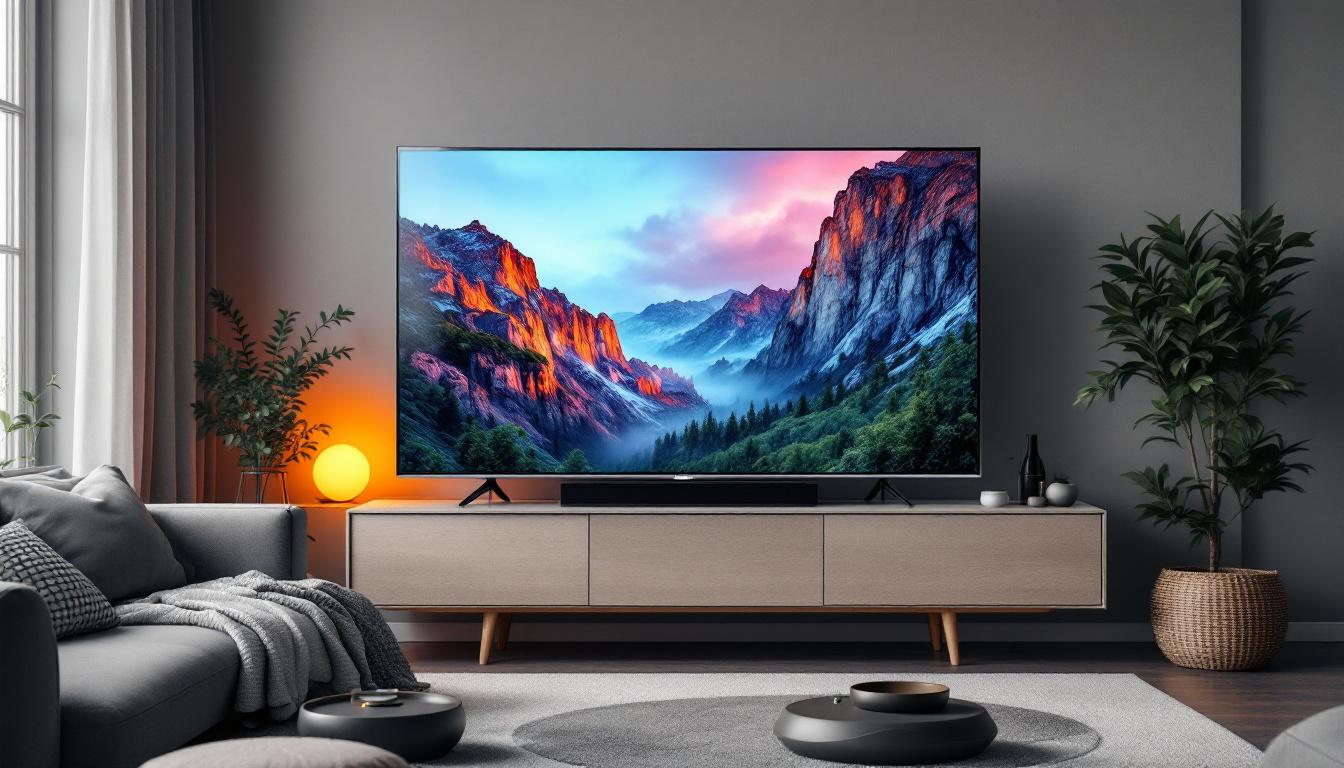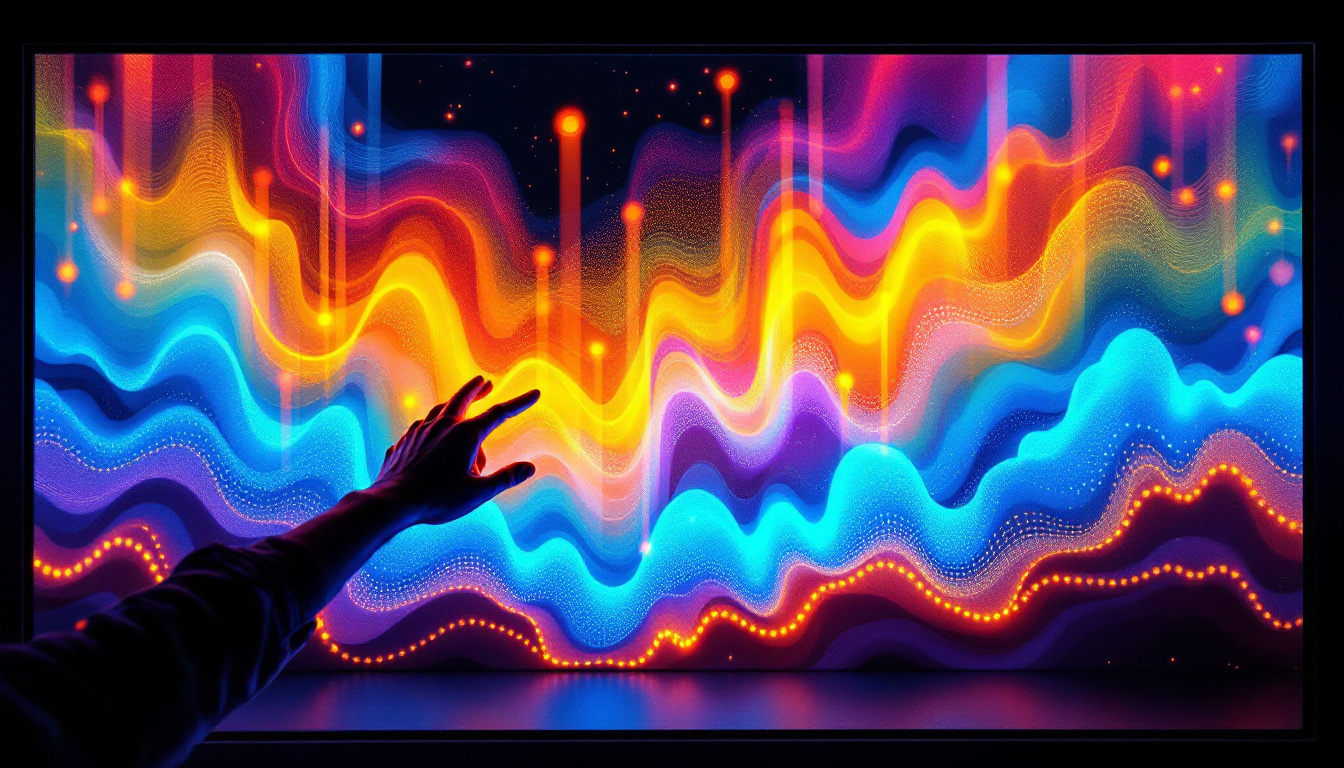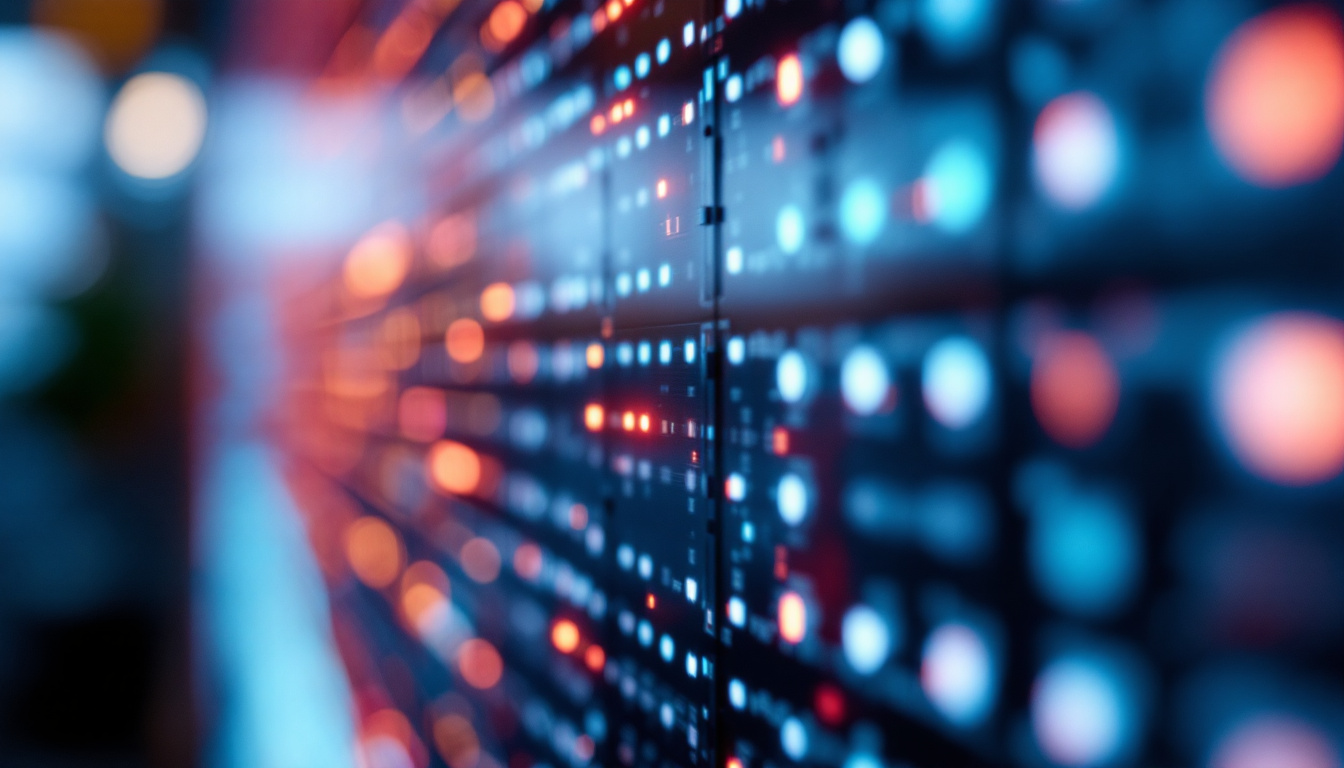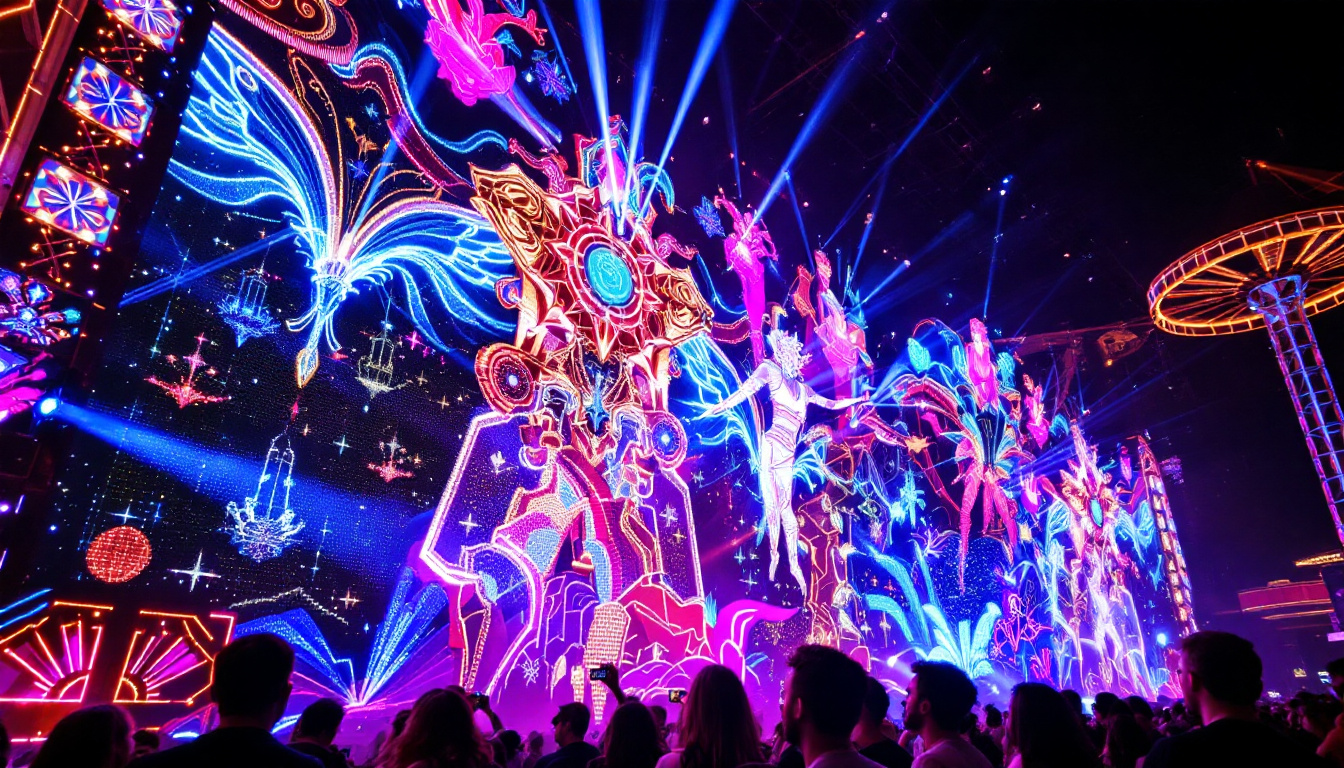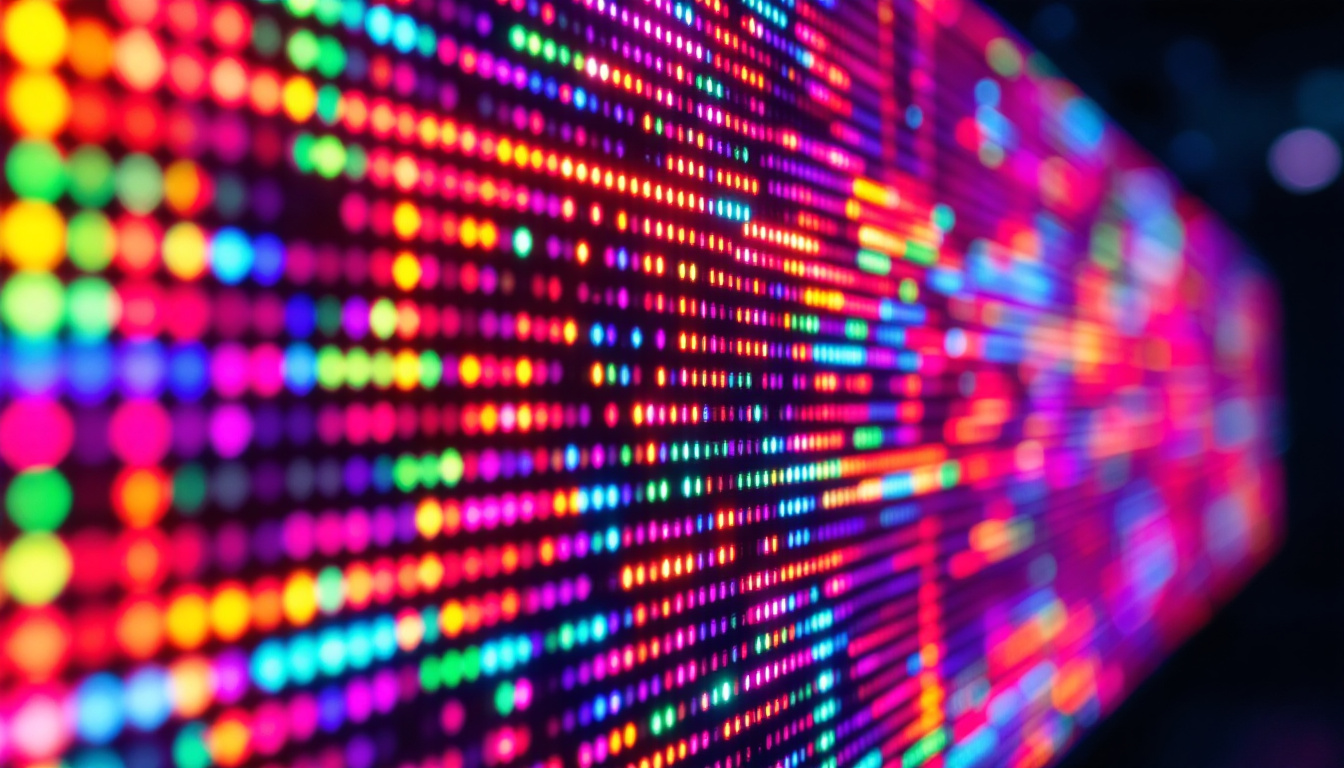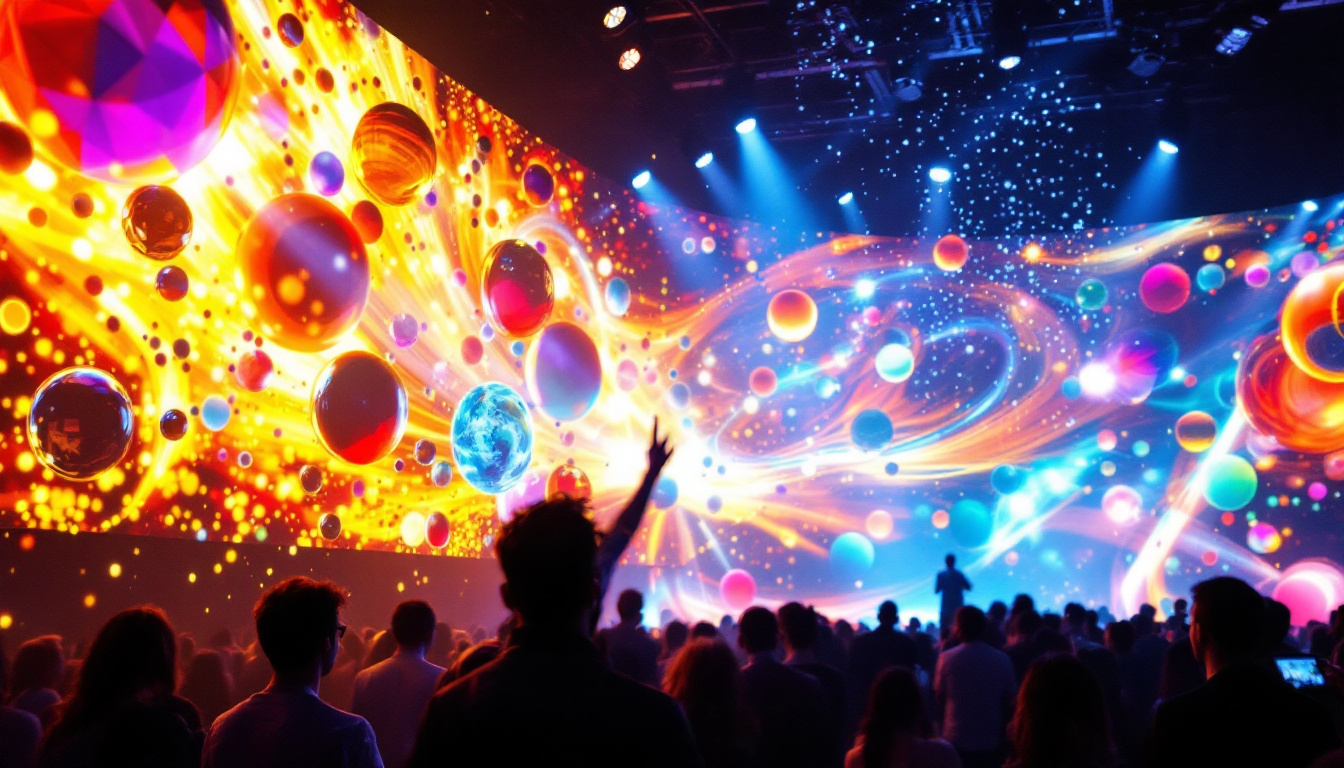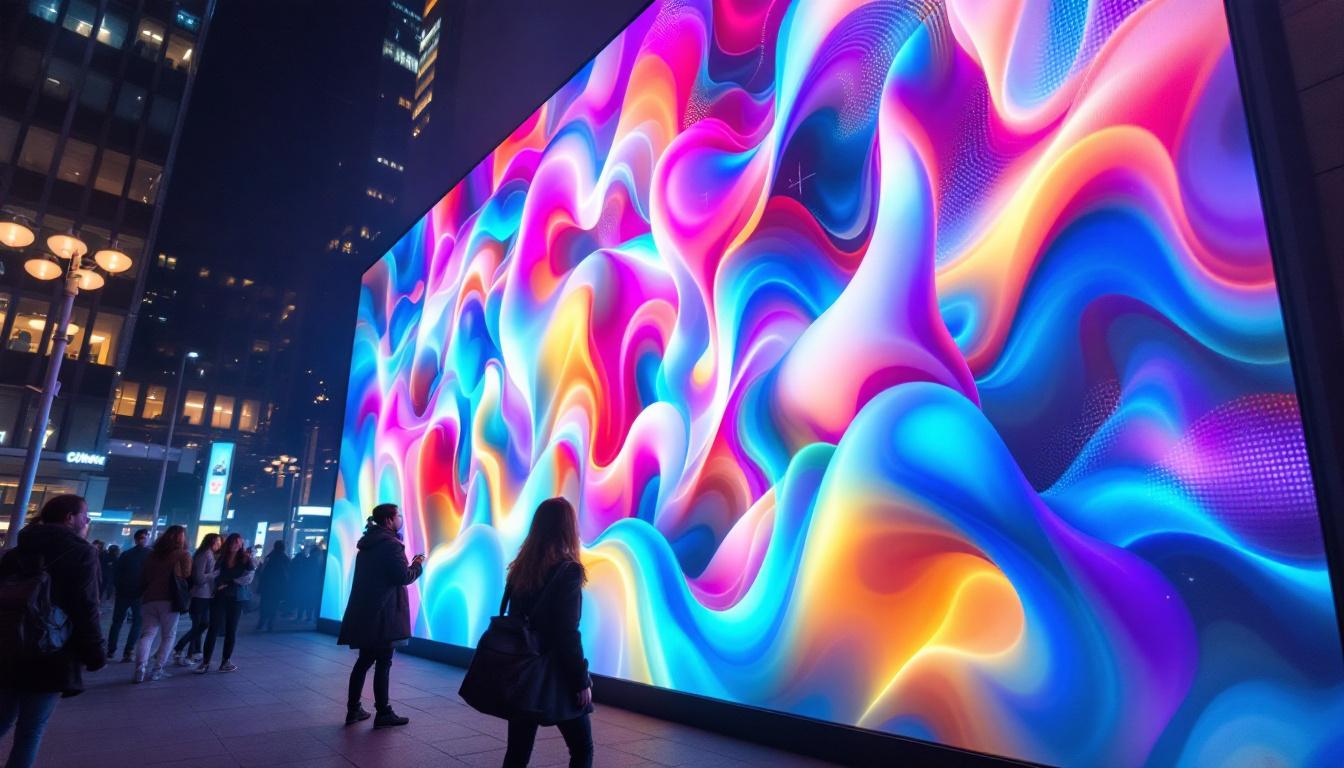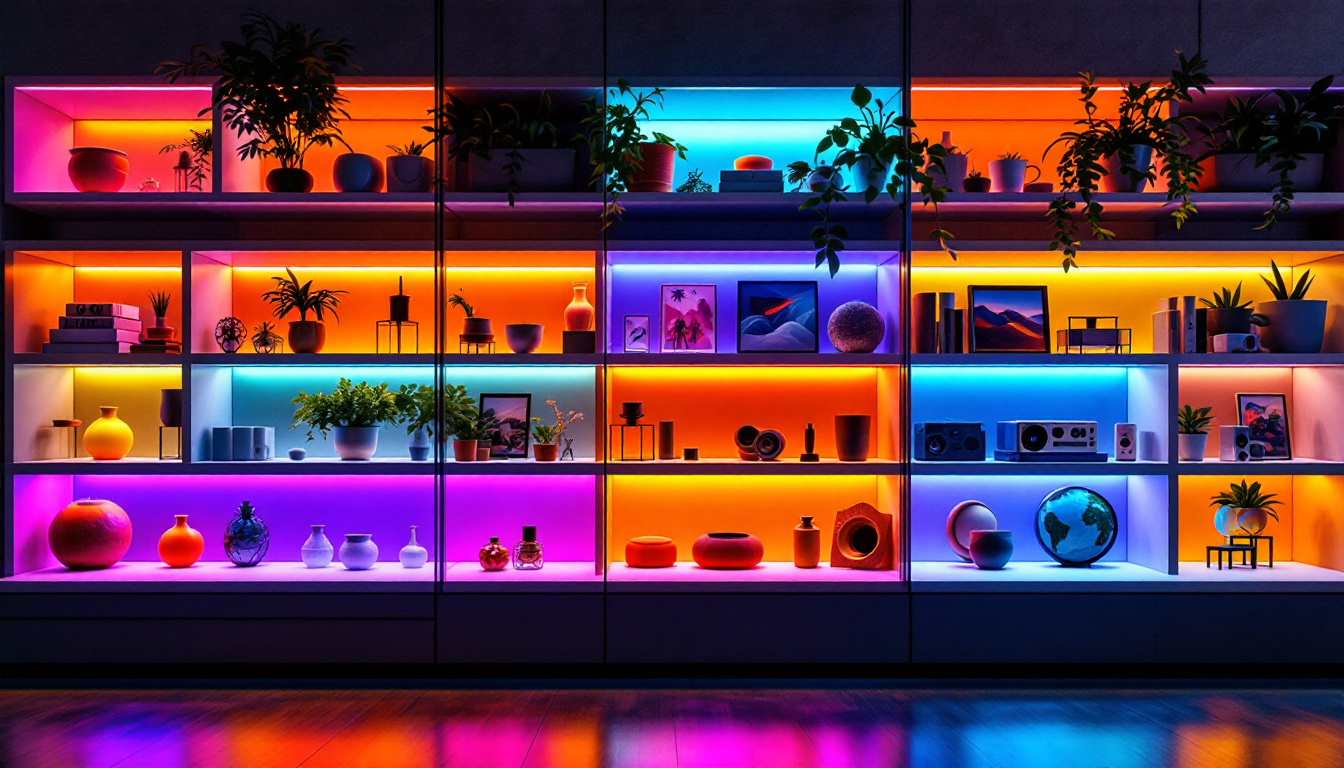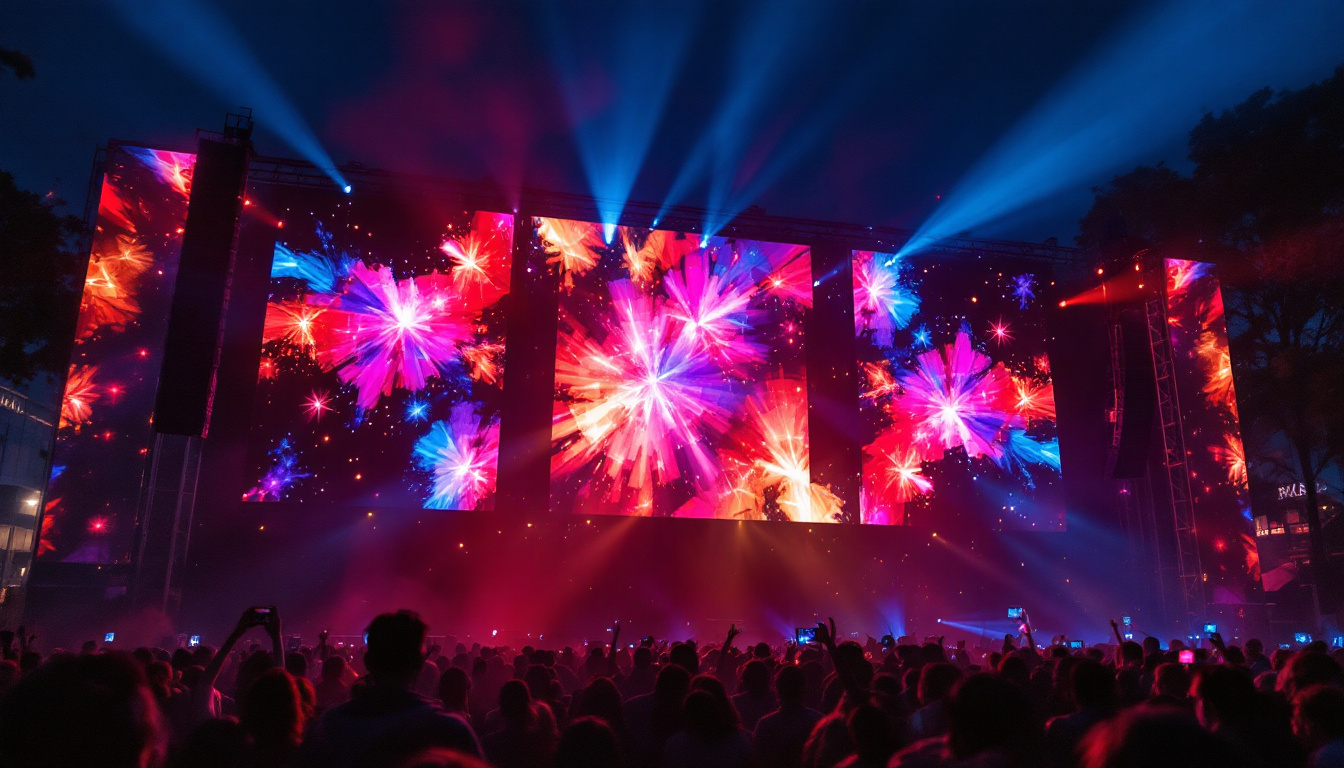In recent years, LED displays have become ubiquitous in various applications, ranging from televisions and smartphones to large-scale advertising billboards. The technology behind these displays is not only fascinating but also crucial for understanding how they have revolutionized visual communication. This article delves into the intricacies of LED displays, exploring their components, working principles, advantages, and applications.
What is an LED Display?
LED stands for Light Emitting Diode, a semiconductor device that emits light when an electric current passes through it. An LED display utilizes numerous LEDs arranged in a matrix to create images or videos. These displays can vary in size and complexity, from small screens on devices to massive outdoor billboards. The versatility of LED technology has made it a popular choice across various industries, including advertising, entertainment, and even healthcare, where precise visual communication is essential.
The Basic Components
At the core of an LED display are several key components that work together to produce vibrant images. These include:
- LEDs: The primary light source, available in various colors, including red, green, and blue (RGB). By combining these colors, a full spectrum of hues can be achieved. The ability to create millions of colors makes LEDs suitable for everything from simple indicators to complex video displays.
- Driver Circuitry: This component regulates the power supplied to the LEDs, ensuring they operate efficiently and effectively. Advanced driver circuitry can also help in managing energy consumption, which is crucial for large installations where power costs can be significant.
- Control System: The brain of the display, which processes input signals and manages the output to create the desired images or videos. Modern control systems often feature sophisticated software that allows for real-time updates and remote management, making it easier to display dynamic content.
Each of these components plays a vital role in determining the display’s overall performance, including brightness, color accuracy, and refresh rate. Furthermore, the integration of smart technology into these displays has opened up new possibilities, such as interactive features and the ability to connect to the internet for content updates.
Types of LED Displays
LED displays come in various types, each designed for specific applications. The most common types include:
- Direct View LED: These displays consist of individual LEDs that are visible to the viewer. They are often used in large outdoor advertising screens and sports arenas. Their high brightness levels make them perfect for environments with significant ambient light.
- LED Backlit LCD: In this configuration, LEDs are used to illuminate an LCD panel from behind, enhancing brightness and color contrast. This type of display is commonly found in televisions and computer monitors, providing a balance between performance and cost.
- Organic LED (OLED): A newer technology where organic compounds emit light when an electric current is applied. OLED displays offer superior color accuracy and contrast ratios. They are increasingly used in smartphones and high-end televisions due to their ability to produce deep blacks and vivid colors.
In addition to these common types, there are also specialized LED displays designed for niche applications. For example, transparent LED displays allow for creative advertising solutions in storefronts without obstructing visibility. Similarly, flexible LED displays can be shaped to fit unconventional surfaces, making them ideal for artistic installations and innovative architectural designs. The continuous evolution of LED technology promises even more exciting developments in the future, paving the way for enhanced visual experiences across various platforms.
How LED Displays Work
The operation of an LED display is based on the principles of light emission from semiconductor materials. When an electric current flows through the LED, electrons recombine with holes in the semiconductor, releasing energy in the form of light.
Color Mixing and Pixel Formation
To create a full-color image, LED displays utilize the RGB color model. By varying the intensity of red, green, and blue LEDs, a wide range of colors can be produced. Each pixel on the display is typically made up of a combination of these three colored LEDs, allowing for intricate images and videos.
For example, to create the color white, all three LEDs are activated at full brightness. Conversely, to create darker shades, the intensity of each LED can be adjusted accordingly. This dynamic control over color mixing is what makes LED displays so versatile and visually appealing.
Refresh Rates and Resolution
Refresh rate is another critical factor in the performance of LED displays. It refers to how many times per second the image is updated on the screen. A higher refresh rate results in smoother motion and is especially important for video playback. Standard refresh rates range from 60Hz to 120Hz, with some high-end displays supporting rates of 240Hz or more.
Resolution, on the other hand, refers to the number of pixels displayed on the screen. Higher resolution displays can show more detail and sharper images. Common resolutions include Full HD (1920×1080), 4K (3840×2160), and 8K (7680×4320). The combination of refresh rate and resolution significantly impacts the viewing experience.
Advantages of LED Displays
LED displays offer several advantages over traditional display technologies, making them a popular choice across various sectors. Some of the most notable benefits include:
Energy Efficiency
One of the primary advantages of LED displays is their energy efficiency. Compared to traditional incandescent or fluorescent displays, LEDs consume significantly less power, which translates to lower energy bills and a reduced carbon footprint. This efficiency is particularly beneficial for large installations, such as outdoor billboards, where energy costs can be substantial.
Brightness and Visibility
LED displays are known for their exceptional brightness, making them suitable for both indoor and outdoor applications. The ability to produce bright, vivid colors ensures that content remains visible even in direct sunlight. This characteristic is especially important for advertising and public information displays, where visibility is crucial for effective communication.
Longevity and Durability
LEDs have a long lifespan, often exceeding 50,000 hours of operation. This longevity reduces the need for frequent replacements, making LED displays a cost-effective investment over time. Additionally, LEDs are more resistant to shock and vibration compared to traditional display technologies, enhancing their durability in various environments.
Applications of LED Displays
The versatility of LED displays has led to their widespread adoption across numerous industries. Some of the most common applications include:
Advertising and Marketing
LED displays have transformed the advertising landscape, providing dynamic and eye-catching content that can be easily updated. Digital billboards, storefront displays, and event signage are just a few examples of how businesses leverage LED technology to attract customers and convey messages effectively.
Entertainment and Events
In the entertainment industry, LED displays play a crucial role in concerts, festivals, and sporting events. Large-scale LED screens are used to enhance the audience experience, providing real-time visuals, live feeds, and stunning graphics. The flexibility of LED technology allows for creative stage designs and immersive environments.
Information and Transportation
LED displays are also widely used in transportation systems to convey important information to passengers. From train stations and airports to bus stops, these displays provide real-time updates on schedules, delays, and other essential information. Their clarity and visibility ensure that travelers can easily access the information they need.
Challenges and Considerations
While LED displays offer numerous advantages, there are also challenges and considerations that must be addressed. Understanding these factors is essential for making informed decisions about LED technology.
Initial Costs
The initial investment for LED displays can be higher than traditional display technologies. However, this cost is often offset by the long-term savings associated with energy efficiency and reduced maintenance. Businesses must weigh the upfront costs against the potential benefits to determine the best solution for their needs.
Color Calibration and Consistency
Maintaining color accuracy and consistency across an LED display can be challenging, particularly in large installations with multiple panels. Color calibration is essential to ensure that all components display uniform colors and brightness levels. Regular maintenance and adjustments may be necessary to achieve the desired visual quality.
Environmental Impact
While LED technology is generally more environmentally friendly than traditional displays, the production and disposal of electronic components can still pose environmental challenges. Proper recycling and disposal practices are essential to mitigate the impact of electronic waste.
The Future of LED Displays
The future of LED displays looks promising, with ongoing advancements in technology and applications. Innovations such as microLED and flexible displays are pushing the boundaries of what is possible, offering even greater possibilities for design and functionality.
MicroLED Technology
MicroLED technology represents a significant leap forward in display technology. By using tiny micro-sized LEDs, this technology allows for higher resolutions, improved color accuracy, and enhanced energy efficiency. MicroLED displays can also be made thinner and lighter, opening up new possibilities for portable devices and large-scale installations.
Flexible and Transparent Displays
Flexible LED displays are gaining traction in various applications, allowing for creative designs and installations that were previously unimaginable. Transparent LED displays are also emerging, enabling businesses to create eye-catching storefronts and advertising solutions without obstructing views. These innovations are set to redefine how LED technology is utilized in the future.
Conclusion
LED displays have undoubtedly transformed the way we communicate visually, offering unmatched brightness, energy efficiency, and versatility. As technology continues to evolve, the potential applications for LED displays will expand even further, paving the way for innovative solutions across various industries. Understanding the fundamentals of LED displays is essential for anyone looking to leverage this technology effectively, whether for advertising, entertainment, or information dissemination.
In summary, the world of LED displays is vibrant and dynamic, reflecting the ongoing advancements in technology and design. As this field continues to grow, it promises to deliver even more exciting opportunities for businesses and consumers alike.
Discover the Future of Visual Communication with LumenMatrix
As you’ve seen, LED displays are reshaping the landscape of visual engagement. If you’re inspired to elevate your visual communication with the latest in LED technology, look no further than LumenMatrix. Our extensive range of innovative LED display solutions, from Indoor and Outdoor LED Walls to specialized displays for Vehicles, Sports, and even Custom configurations, are designed to captivate and engage your audience. Embrace the vibrant world of LED displays and check out LumenMatrix LED Display Solutions today to see how we can illuminate your brand’s message with brilliance and precision.


